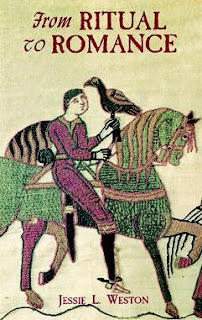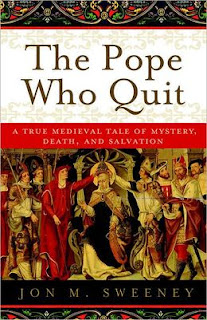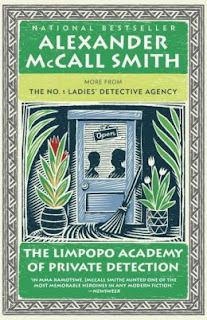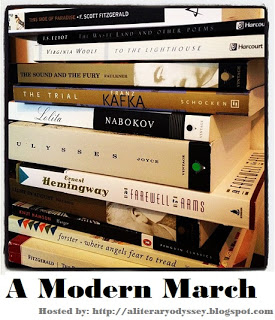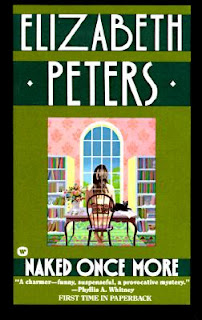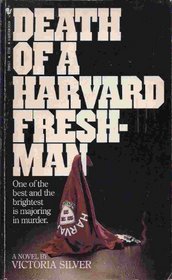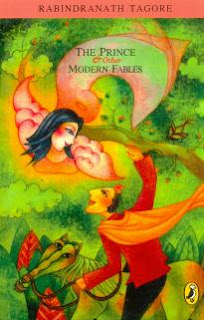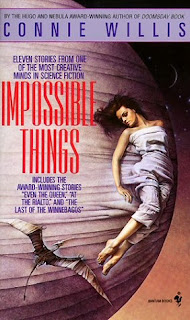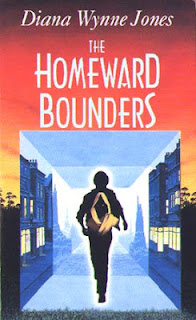Murder in the Cathedral

Murder in the Cathedral , by T. S. Eliot To wrap up Modern March, I saved the play "Murder in the Cathedral" for last. Eliot first wrote it in 1935 for the Canterbury Festival, and subsequently lengthened and changed it a bit. The edition I read was the 4th and final, from 1938 (I presume, since my paperback is from 1963). This is a dramatization of the murder of Thomas a Becket in December of 1170, by knights of Henry II. The form is much like a Greek play; most of the lines are in verse, and there is a chorus of poor women of Canterbury. It's also, I think, like a medieval mystery play. It is not divided into acts, but into two parts and an interlude. First we see Thomas return from seven years' exile on the Continent. After the women and the priests, he is assailed by three tempters who try to turn him from his path. I thought the tempters were really interesting; each speaks in a different poetic style, and the second one talks in the alliterative

